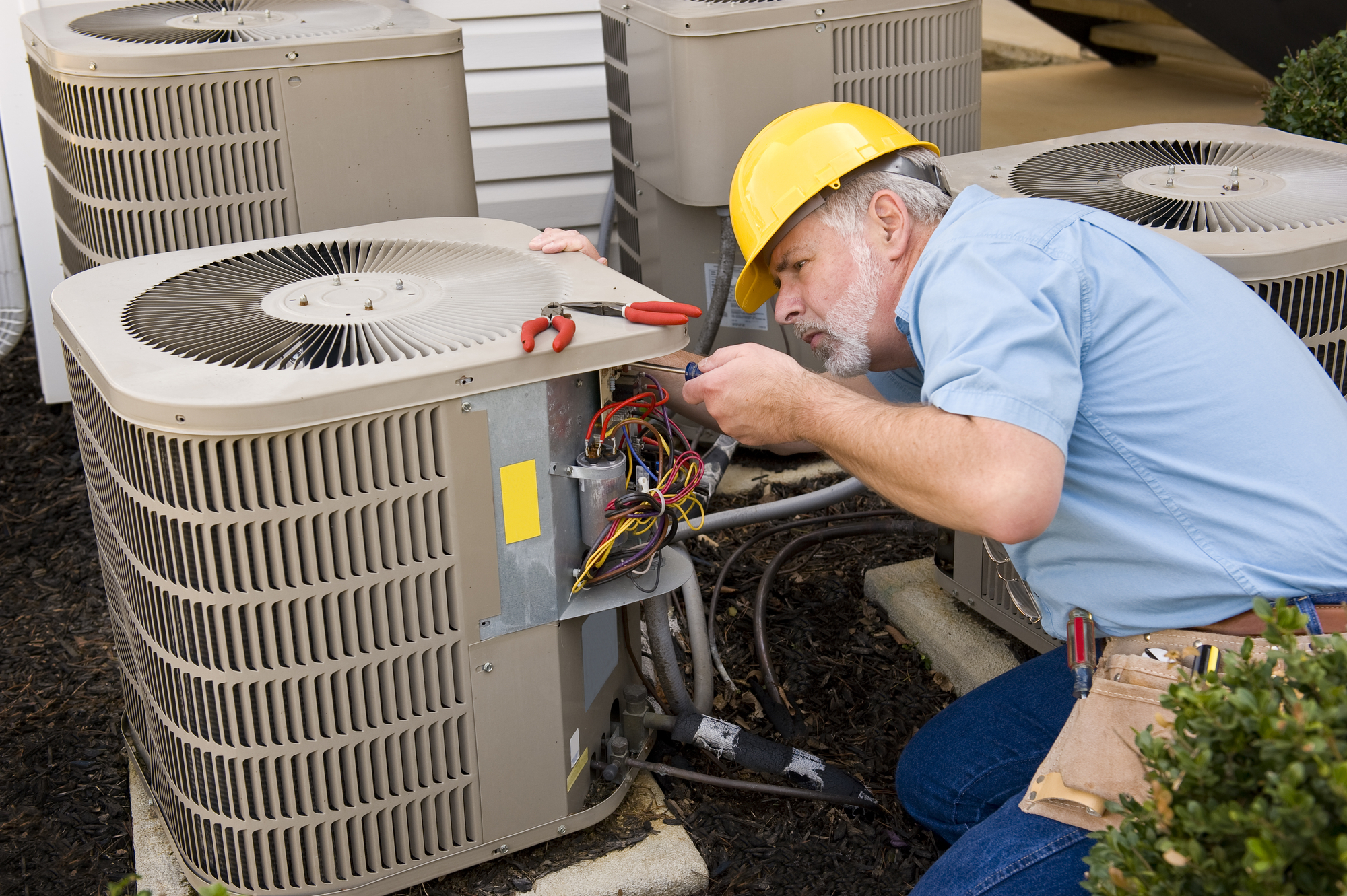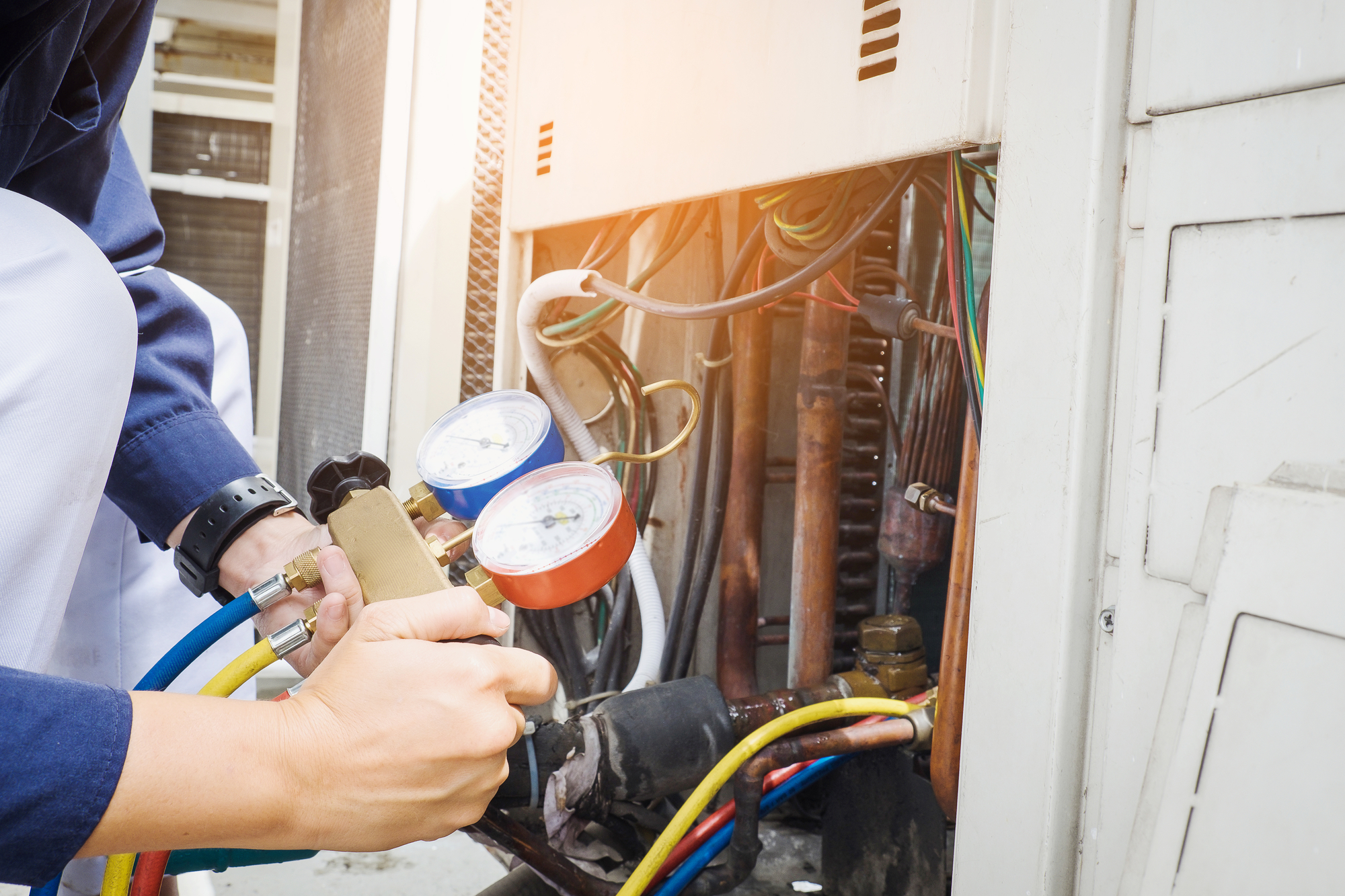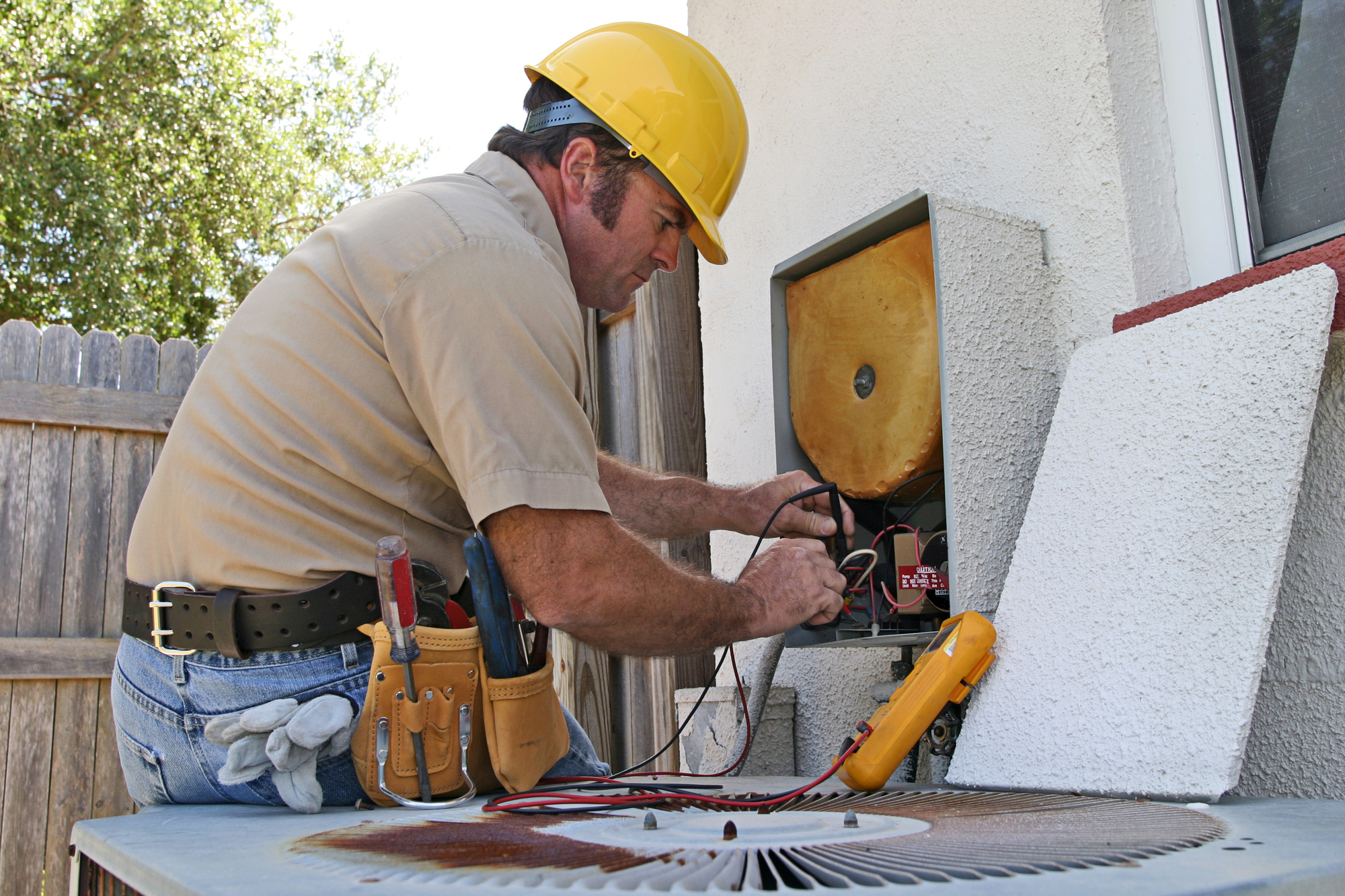Commercial Heating Installation and Repair Services
Check-up and Maintenance
Get Your Questions Answered
Save on Energy Bills
The Valley Comfort Commercial Heating & Air Difference

Experienced
Our staff is equipped to give outstanding maintenance, installation and repair services for commercial and residential HVAC systems.
Available
We are available 24/7 and committed to personalize your journey with us. Whether it’s customizing your maintenance plan, or immediately tending to your emergencies, we want to ensure that you receive the best service possible.


Reliable
We are a family-owned company, serving residential and business owners with the utmost honesty and integrity.
Locations We Serve
Sonoma County
- Cotati
- Healdsburg
- Petaluma
- Rohnert Park
- Santa Rosa
- Sebastopol
- Sonoma
- Windsor
Napa County
- American Canyon
- Calistoga
- Napa
- Oakville
- Rutherford
- St Helena
- Union
- Yountville
Marin County
- Novato
- San Rafael

What is a Commercial Heating System?
Today, a variety of commercial building heaters work hard to provide businesses and building owners with reliable access to the heat necessary for comfort and daily operations, no matter how large or small the space. Just as there is great variety in the types of areas which require heating, so too is there a diversity of choice when it comes to the systems responsible for providing heat to those areas.
While many installations may function similarly to how a central heating system works in a house, others are different, and all of them operate on a much larger scale than a residential unit. Though many business owners may know the basics of the heating systems upon which they rely, a more in-depth and functional knowledge of their operation can prove elusive. As a result, there may be room for improvement in operational efficiency and functionality that you’ve missed. To help equip you with all the facts necessary for a basic understanding of this vital infrastructure, consult this helpful guide for commercial HVAC heating systems.
Table Of Contents
Types of Commercial Heating Systems
![]()
Steam/Water Heating
The most common type form of commercial heating. Often fired by natural gas, burning fuel heats a large volume of water which is then pumped throughout the building to radiators, baseboard heaters, and other specialized panels for heat distribution.
Water heating yields longer-lasting heat and better temperature control. New boilers are expensive to install and not all buildings may feature the infrastructure necessary for their operation.
![]()
Warm Air Heating
The second most common form of commercial heating is the typical central “forced air” system found in many homes scaled up to meet more demanding needs. Fuel in the combustion chamber (or electric resistance coils) warms a heat exchanger which in turn heats the air. Powerful fans then blow the heated air throughout ducting
Increasing system efficiency, ease of installation for many buildings, and the potential for packaging the unit with an air conditioner. The need for regular maintenance, concerns about operating costs, and the need for multiple units for large spaces.
![]()
Radiant Heating
This system relies on hidden tubes of flexible plastic. Most commonly placed in special paneling or under-floor tiles, radiant heating may use electric coils to send heat up into the space, or a liquid. This liquid may be water or another liquid medium chosen for its heat capacity. Water sent from a central heater flows through the tubing and warms the space.
The ability to reuse waste heat, heat smaller areas, and pursue “greener” heating technologies. Inefficiencies at large scales and the disruptive nature of an installation which often requires replacing flooring or walls
![]()
Natural (Geothermal) Energy Heating
Less common but growing in popularity thanks to an increased emphasis on green technologies, geothermal heating uses deeply buried liquid-bearing loops to soak up heat trapped deep underground. The system brings this warmth up using a heat pump, which powers radiant systems or similar technologies. Long-term lower costs.Can prove costly to maintain.
Find out What Commercial Heater Works for You by Connecting with Our Technicans
![]()
Solar Gas
An ideal option for a small business or a building looking to supplement other green technologies. Active solar heating is still a technology in development.
![]()
Electric vs. Gas
When considering warm air furnaces, one of the big debates you’ll encounter is whether to opt for an electric-only heater or one powered by gas. Which is better? The answer may be “it depends,” but that is also the truth.
Electric Heat
- Provides a fast and serviceable option for heat in buildings that rarely ever need to use the system.
- Often more expensive.
Gas Furnace
- Delivers spectacular performance and high efficiency typically at a lower cost.
- Requires more maintenance and upkeep.
What Type of Heater Do You Prefer? Leave Us a Comment Below
Maintenance and Service
Your business may have a well-defined energy budget, but what portion of those funds have you earmarked for upkeep of vital systems such as your furnace or boiler? The efficiency of commercial heating systems, as we’ve explained, can depend heavily on good maintenance and proper operation. Here are the essential facts to understand.
Commercial Heater Maintenance
Most heaters do not require maintenance regularly but will benefit from a professional check-up at least once every year. Systems which see heavy use throughout the year will benefit from more frequent servicing, such as every six months. Each component in a heating system has a different lifespan; ask your service technician when to plan for replacement parts.
Efficient Heating Systems

While the type of commercial heater you choose will have a significant bearing on climate control outcomes, the equipment itself is ultimately a means for achieving the implementation of the most efficient heating system possible for a building. Understanding how to work towards achieving that goal starts by first understanding what efficiency means in this context.
1. What is Heater Efficiency?
In this context, efficiency is merely a measure of how much of the heater’s fuel source it can convert into energy for warming.
Read more
2. How is Efficiency Measured?
For furnaces, the best way to understand efficiency is to use a measurement such as “annual fuel utilization efficiency,” or AFUE.
Read more
3. Design Elements Impacting Efficiency
Many different parts of modern furnaces impact efficiency. Some you’ll find standard on most units, while others may be worth seeking out with the help of your HVAC professional.
Read more
4. How to Maximize Efficiency
What can you do to ensure that your system is at its best?
Read more
a Good Airflow in Order to Maximize Efficiency
5. Overall Cost
The cost of operating a heater depends heavily on its efficiency, and thus can be quite variable, but it is still only one element to a heating system’s price.
Read more
6. Life Cycle Analysis
When choosing a new heating system for a commercial application, requesting a lifecycle analysis from your HVAC services provider may be a good idea.
Read more
The Most Common Commercial Heating System
With efficiency and central heating systems explained, the next natural curiosity to arise often concerns what heating option you should choose. What do most commercial operators select for their buildings? Of the many types described above, boilers are most commonly found throughout large to medium-sized buildings. However, forced air systems powered by gas furnaces continue to grow in popularity and package units of all types, including central heating using electric power, can prove a viable option.

Commercial Boiler
Commercial boilers may be small and simple or large and complex, but they are all functionally the same in operation. Using either traditional fuel such as natural gas or the power of electricity, a large volume of water undergoes heating to a high level – often as high as 180 degrees or more. Circulating this hot water through metal radiators placed throughout the building allows rooms to warm as needed. As mentioned above, water retains heat for a long time and thus provides more consistent and cost-effective heat. However, boilers also do not require the movement of air, and therefore, can contribute to better air quality in large buildings. The can also eliminate costly maintenance such as duct cleaning.
Efficiency
By far one of the most significant advantages for modern boilers is their high efficiency. While the boilers of yesteryear were quite inefficient, sometimes reaching an efficiency of barely 50%, today’s high-end units can achieve efficiency between 90 and 98.5%. In other words, nearly all the fuel or electricity your business purchases for heating actually goes to that end. While gas furnaces can sometimes achieve similarly high levels of efficiency, boilers get there consistently – and that explains why they remain so popular.
Today’s Boilers Can Achieve Efficiency Between 90 and 98.5% Consistently.
Heating System Placement Considerations
Choosing a commercial heating system is only one aspect of the process of tapping into the benefits it will bring to your business. Understanding the considerations for where to put the system matters, too. Here’s a quick look at what owners must think about when considering the placement of a new heater.
Heating System Placement
What to Consider
Noise
Boilers are typically quiet, but gas furnaces are known for their wide variety of sounds. In forced air systems and with heat pumps, the sound of the blower and extractor fans can prove a frustrating distraction.
Access
When considering unit placement, think about ease of access for service professionals in the future. Don’t place a unit somewhere that would make maintenance difficult, it can prove costly and challenging to work on the unit.
Space Requirements
Furnaces and boilers aren’t small; they need specific areas dedicated to their function. It’s especially true for furnaces which require a sufficient volume of air to draw upon for combustion. Carefully calculate space requirements and evaluate suitable spaces in the building with the help of your contractor.
Energy Efficiency
Consider the potential effects on efficiency based on placement. For example, a boiler placed too far away from most of the radiators will not yield the best results. Likewise, a furnace put in a space that is too small will struggle to consume fuel fully, leading to unnecessary exhaust and inefficiency.
Climate
Yes, even the climate outdoors can affect your system and should be a consideration when placing a new unit. For example, package units which reside outdoors or on the roof of your building may be susceptible to snow or icing conditions during very cold conditions. Low temperatures can have a deleterious effect both on the equipment and its ability to operate.
History of Indoor Heating
It’s easy to take for granted the numerous and complex systems we have for staying warm indoors today, but behind that reality is decades – even centuries – of hard work and innovation. Pinpointing when the first heater was invented is difficult owing to the many forms heating has taken over the years. However, the most common example is the Roman hypocaust, which used hot smoke from a contained fire to warm floorboards and walls. Ever since then, people have sought more effective ways to heat indoor spaces consistently.

Though Adequate for Smaller Spaces, Convective Heating is Very Inefficient Overall
While other ancient societies experimented with the development of installations that seem similar to the idea of a central heating system, including India and later Romans, simple convection was the primary means of moving warm air into cold spaces. Though adequate for smaller spaces, convective heating is very inefficient overall. It takes a leap forward in time to the Industrial Revolution before we begin seeing the advent of ideas that would lead to modern installations, such as the development of hot water radiator heating systems.

FAQs
1. How Often Should Commercial HVAC Ductwork Be Inspected?
Regular inspection of commercial HVAC ductwork is crucial for maintaining system efficiency and indoor air quality. Industry standards recommend inspecting ductwork at least once every two years. However, facilities with high occupancy or specific air quality requirements may benefit from annual inspections. Regular checks can identify issues like leaks or blockages that, if left unaddressed, can reduce system efficiency by up to 20% and compromise air quality.
2. What Features Should I Look for in a Commercial Thermostat?
When selecting a thermostat for a commercial building, consider features like programmability, zoning capabilities, remote access, and integration with building management systems. Advanced thermostats can lead to energy savings of up to 10% annually by optimizing temperature settings based on occupancy and usage patterns.
3. What Is the Typical Lifespan of a Commercial HVAC System?
The average lifespan of a commercial HVAC system ranges from 15 to 20 years, depending on usage, maintenance, and system type. Regular maintenance can extend the system’s life and ensure optimal performance. Neglecting maintenance can lead to increased energy consumption and unexpected breakdowns.
4. Why Are Humidifiers More Commonly Used During Heating Seasons?
Humidifiers are often used during heating seasons because heating systems tend to dry out indoor air, leading to discomfort and health issues like dry skin and respiratory problems. Maintaining indoor humidity levels between 30% and 50% can alleviate these issues and improve overall comfort.
Health
5. How Can I Determine if My Commercial Heating Unit Is Adequately Sized?
Proper sizing of a commercial heating unit involves calculating the building’s heating load, considering factors like square footage, insulation, and occupancy. An undersized unit may struggle to maintain comfortable temperatures, while an oversized unit can lead to energy inefficiency and increased wear.
6. What Strategies Can Improve the Efficiency of My Commercial HVAC System?
Improving HVAC efficiency can be achieved through regular maintenance, upgrading to energy-efficient equipment, implementing programmable thermostats, and sealing ductwork. These measures can lead to significant energy savings and extend the system’s lifespan.
7. Why Is Regular Maintenance Essential for Commercial HVAC Systems?
Regular maintenance ensures that HVAC systems operate efficiently, reduces the risk of unexpected breakdowns, and extends the system’s lifespan. It also helps maintain indoor air quality and can result in energy savings of up to 20%.
8. How Does Ductwork Condition Affect Commercial HVAC Performance?
The condition of ductwork significantly impacts HVAC performance. Leaky or poorly insulated ducts can lead to energy losses of up to 30%, uneven heating or cooling, and increased strain on the system. Regular inspections and maintenance can mitigate these issues.
9. What Are the Benefits of Using Smart Thermostats in Commercial Buildings?
Smart thermostats offer features like remote access, learning algorithms, and integration with other building systems. These capabilities can lead to improved energy efficiency, enhanced comfort, and reduced operational costs.
10. How Can I Extend the Lifespan of My Commercial HVAC Equipment?
Extending the lifespan of HVAC equipment involves regular maintenance, timely repairs, and system upgrades when necessary. Implementing energy-efficient practices and monitoring system performance can also contribute to a longer operational life.
Valley Comfort Heating Services
Valley Comfort Heating and Air is a best-in-class HVAC installer and repair provider still defined by family-run values and personal service. With broad experience in commercial HVAC repair and installation, we can put our expertise to work for you. Get in touch with the team today and explore how together we can implement the ideal systems from leading commercial HVAC manufacturers.

At Valley Comfort Heating and Air, we strive to keep your commercial heating system well-maintained and efficient.
Request a Consultation
Please complete this form:
We serve Residential and Commercial customers in the following counties and cities
Sonoma County
- Cotati
- Healdsburg
- Petaluma
- Rohnert Park
- Santa Rosa
- Sebastopol
- Sonoma
- Windsor
Napa County
- American Canyon
- Calistoga
- Napa
- Oakville
- Rutherford
- St Helena
- Union
- Yountville
Marin County
- Novato
- San Rafael
